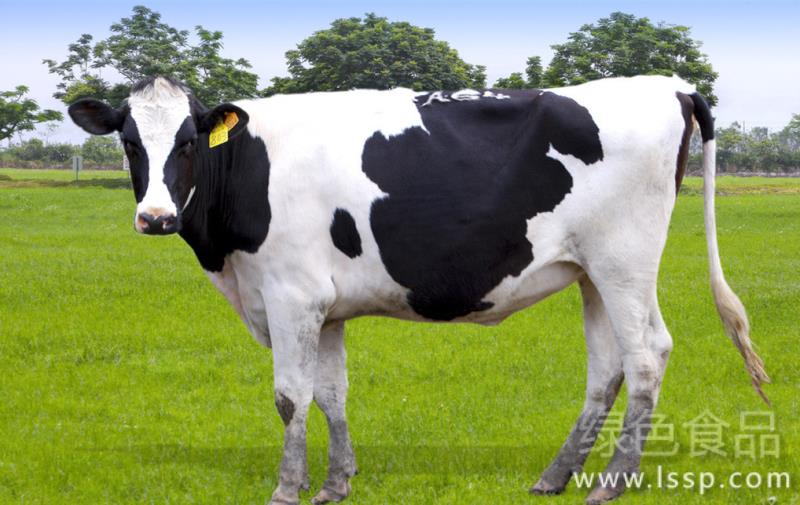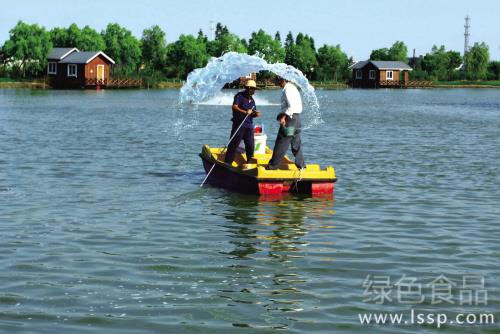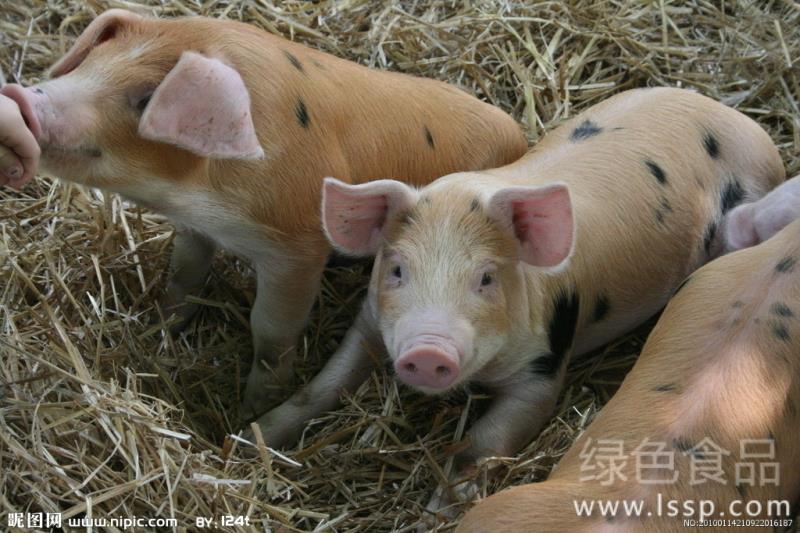All kinds of feeds have more nutritious characteristics. Dairy cows are fed with various feeds.
1. Roughage: dairy cows are beneficial to the physiological characteristics of green coarse fodder. In order to give full play to the production potential of dairy cows, it is necessary to solve the problem of balanced supply of high quality green coarse fodder. The main results are as follows: (1) Green hay, the main feed for dairy cows are leguminous hay and grass hay, and leguminous hay is the best. When feeding, should not cut too short, generally 3-4cm, should first remove impurities quicksand, wire, plastic and so on before feeding. (2) Straw, including corn straw, rice straw, wheat straw, bean straw and so on. The nutritional value is low, so feeding should be restricted, and dairy cows should not eat a large amount of straw feed. If there is enough nutritional supplement, straw can be used as dry cow feed in winter, should not be fed directly, and then fed after processing.

Cow
2. Green storage feed: including corn storage, grass storage, sorghum storage and so on. Among them, the nutrition of whole plant corn green storage is the best. Green storage feed is an important feed for dairy cows, which can use part of Japanese food or the only roughage. Generally, each cow is about 10ml, 20kg, with a maximum feeding capacity of 25kg. 2.5-3kg green storage feed can replace 1kg hay.
3. Green feed: alfalfa, green vegetables, wild grass and so on. Green feed is rich in vitamins, calcium and nutrients. It is palatable and easy to digest. However, there is more water content and less heat energy, so for high-yield dairy cows, only green feed can not meet the needs, so energy feed should be supplemented. The daily feeding amount of green feed accounts for about 10% of the body weight of dairy cows, and the maximum amount of 50kg, but the feeding of leguminous green feed should be carefully controlled, otherwise it will cause rumen gassing and serious death of dairy cows.
4. Root tuber: carrots, pumpkins, fodder beets, etc. This kind of feed has a lot of water content and large volume. The palatability is good, which can increase the milk yield of dairy cows, but the nutrient concentration is low. For high-yield dairy cows, the dosage should not be too much, and 10kg should be fed at most every day. When feeding, it should be sliced to prevent infarction.
5. Dregs: beet dregs, beer dregs, spirits dregs, bean curd dregs, etc., daily maximum feeding amount of 10kg. Among them, distiller's grains, daily 5kg below, tofu dregs, daily 2.5-5kg, beet dregs can account for 30% of dry matter daily, but do not excessive, do not feed deteriorated beet dregs. Brewer's grains, 10-12kg per day, affects the appetite of dairy cows too much.
6. Concentrate feed: concentrate feed should not exceed 2.5% of cow body weight every day. For high-yield dairy cows, feed should be reduced and concentrate should be increased, but mainly roughage, relying too much on concentrate, can not improve production, and violates economic principles.
7. Mineral feed: salt, bone meal, stone powder, trace elements, additives and so on. Salt accounts for 0.5-1% of the concentrate. Mineral elements in mineral feed can be divided into two categories: major elements (required in grams): including calcium, phosphorus, sulfur, magnesium, potassium and sodium. Trace elements (need to be measured in grams): including copper, iron, cobalt, iodine, manganese, selenium, etc. Among them, the main components of dairy cow bone tissue or other tissues are major elements, which are also indispensable substances to maintain acid-base balance, osmotic pressure and conduction nerve activity in dairy cows. However, the concentration of trace elements in dairy cattle is low, mainly as a component of metalloenzyme or as a cofactor in enzyme and hormone system.
- Prev

Water quality deterioration is prevalent in summer, management of summer fish ponds and prevention and control of fish diseases
Water quality deterioration is prevalent in summer, management of summer fish ponds and prevention and control of fish diseases
- Next

Tail biting disease seriously affects pig growth how to prevent and cure pig tail bite disease
Tail biting disease seriously affects pig growth how to prevent and cure pig tail bite disease
Related
- On the eggshell is a badge full of pride. British Poultry Egg Market and Consumer observation
- British study: 72% of Britons are willing to buy native eggs raised by insects
- Guidelines for friendly egg production revised the increase of space in chicken sheds can not be forced to change feathers and lay eggs.
- Risk of delay in customs clearance Australia suspends lobster exports to China
- Pig semen-the Vector of virus Transmission (4)
- Pig semen-the Vector of virus Transmission (3)
- Five common causes of difficult control of classical swine fever in clinic and their countermeasures
- Foot-and-mouth disease is the most effective way to prevent it!
- PED is the number one killer of piglets and has to be guarded against in autumn and winter.
- What is "yellow fat pig"? Have you ever heard the pig collector talk about "yellow fat pig"?

